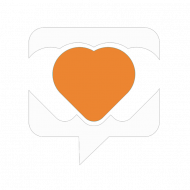Ad Spend:
$100,231.74
Business: Digital Business School
Product: Digital marketing and business courses and mentorship. Domain and hosting.
Time: 33 Days (April 1 – May 3, 2020)
$100,231.74
$0.17
2,138,446
This business, which is the largest school worldwide specialized in Digital Business & Marketing for Spanish speakers, had been doing Facebook ads for years. April 27, 2017, to be more exact. During this time, they had spent $168,246.22 in total and generated 591,644 leads for a cost of $0.28 each.
The maximum ad spend for one month had been $8,000. Their maximum KPI for Cost per lead was $0.25. That is why they have never been able to scale higher since the Cost per lead always has gone up. It was one thing only that was stopping them from growing getting more leads into their funnel at a low cost.
I wanted to scale this fast and basically exceed all expectations and see them grow faster than they ever had. My goal was to scale this up to $100,000.00 in ad spend with a cost per lead less than $0.25 in 30 days.
To do this, I had to go broad… Extremely broad!
I had to go broad, both with audiences and with the ad creatives. I know for a fact that Facebook’s algorithm has its own strategy, and I (as a human) have my own. Therefore, I had to be smart in how I would structure the accounts, so we were aligned. Things that I had to keep in mind was:
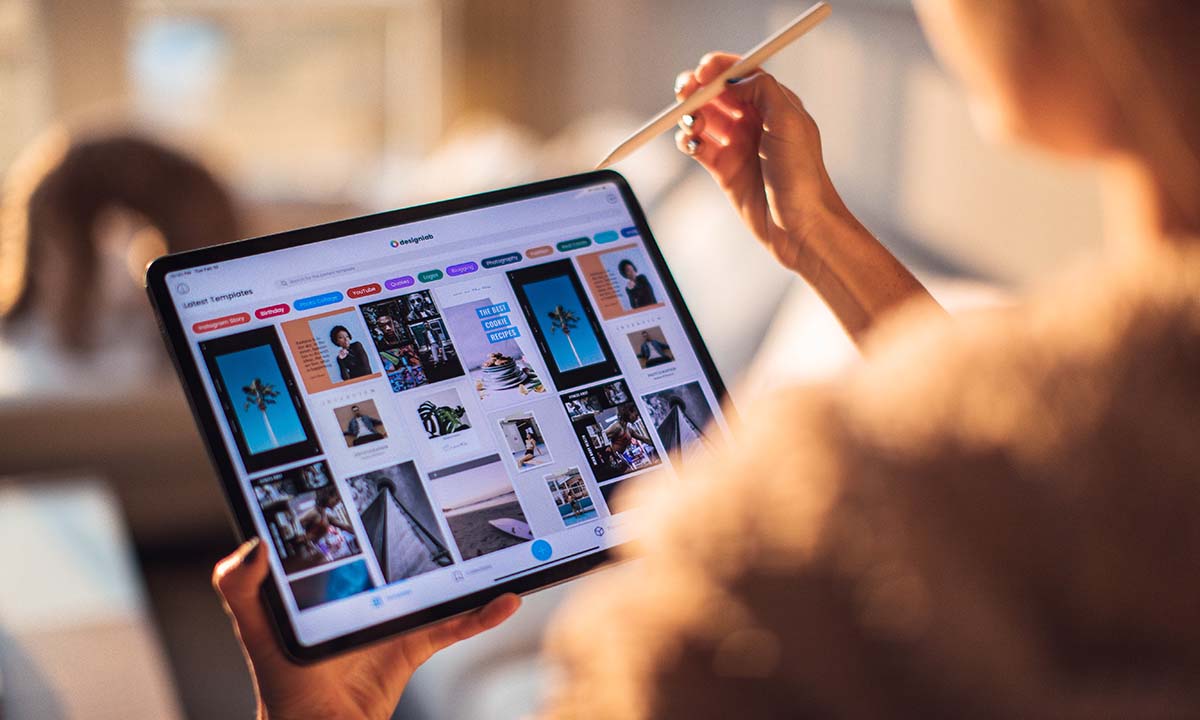
If I were to be able to maximize the scaling process, I had to collaborate with the algorithm in the most efficient way. I have to work with Facebook, not against it. My approach was to use as many automated settings as possible to allow Facebook to select who and where to show the ad by itself.
This may sound easy, but when you really want to scale BIG one can’t simply set up 1 campaign and try to scale it vertically. It won’t work. Each campaign has its own optimization and “style” when it comes to performance. Therefore, I had to create a lot of different campaigns so each one could have a unique optimization process. This was also the only chance I had to scale this FAST and have a stable cost that would be below the target KPI.
What did I do?
I set up 50 different campaigns in total to start with. 50 different campaigns would end up to be 160 different campaigns I tested after the first month.
With 50 different campaigns, I filled them with 5 ad sets each. No more, no less. Here’s an important thing to keep in mind: Each campaign had a CBO budget (Campaign Budget Optimization Budget).
The reason for this is because I wanted to use Facebook’s algorithm to optimize the ads by itself, which would give me an indication of how it would optimize by itself if I were to scale the ads. Sometimes I am using ad set budgets in the testing phase and insert these audiences into a CBO campaign in the next step. But for this aggressive scaling, I had to see how the algorithm would distribute the spending by itself and understand how the optimizations would be on a later stage.

How did I sort the audience?
When you are using CBO it’s important to have similar-sized audiences to avoid overspending on one ad set, and underspending on another. What I also like to do is to use similarly typed interest in each CBO, to not only test the interest but compare categories and sizes with each other.
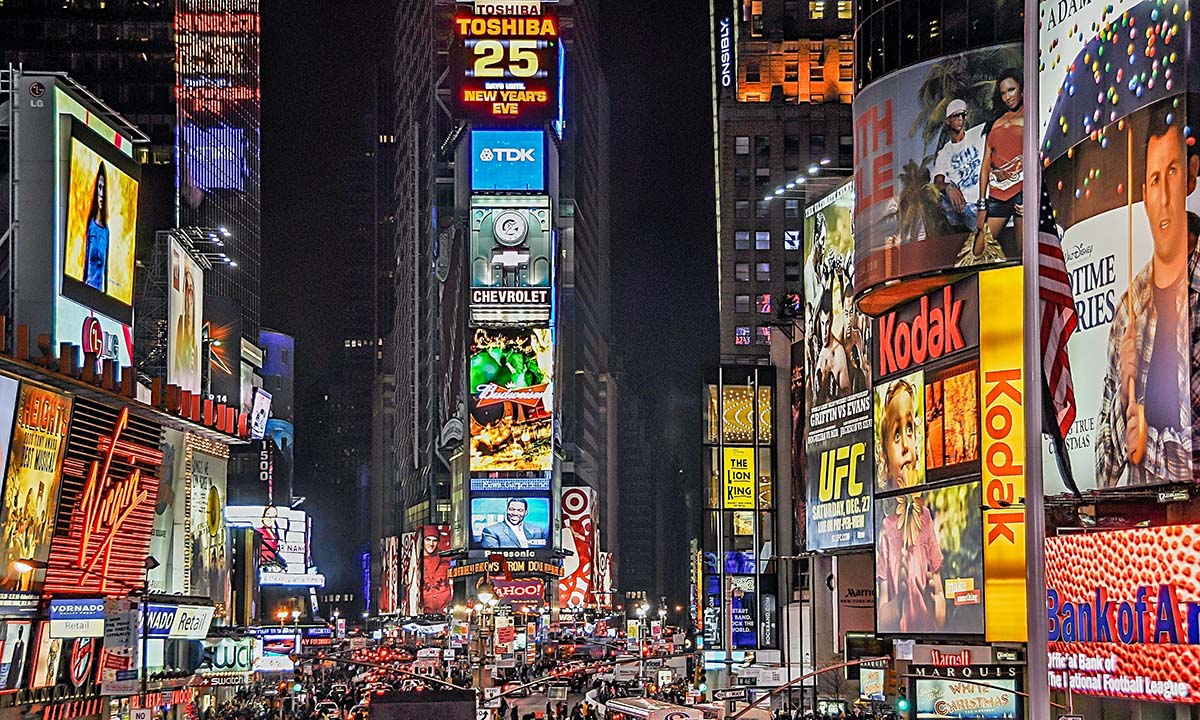
Each Ad Set will have its own “Ad tail”. I refer to ad tail as the winning ads you are using for all the testing and are glued to the ad sets. Simply when duplicating different ad sets and campaigns to test new, you are having an ad tail. In the testing phase, I had 10 ads in each ad set. Later on, when I had tested my new creatives, I would have 30.
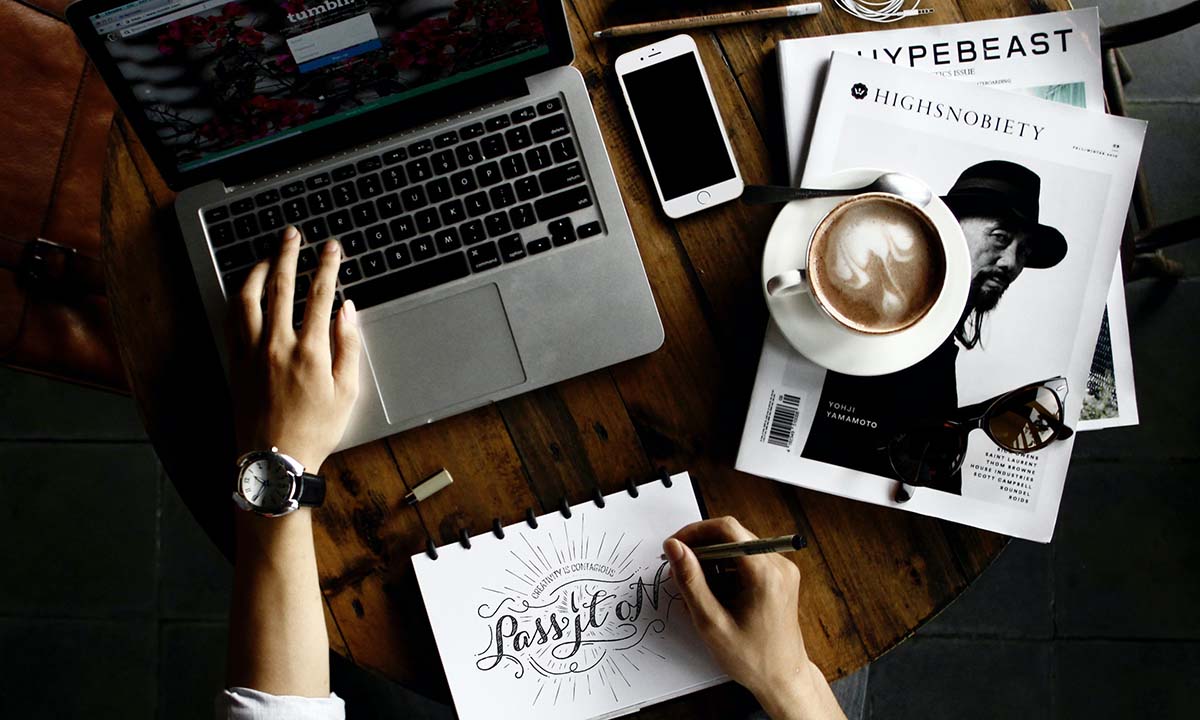
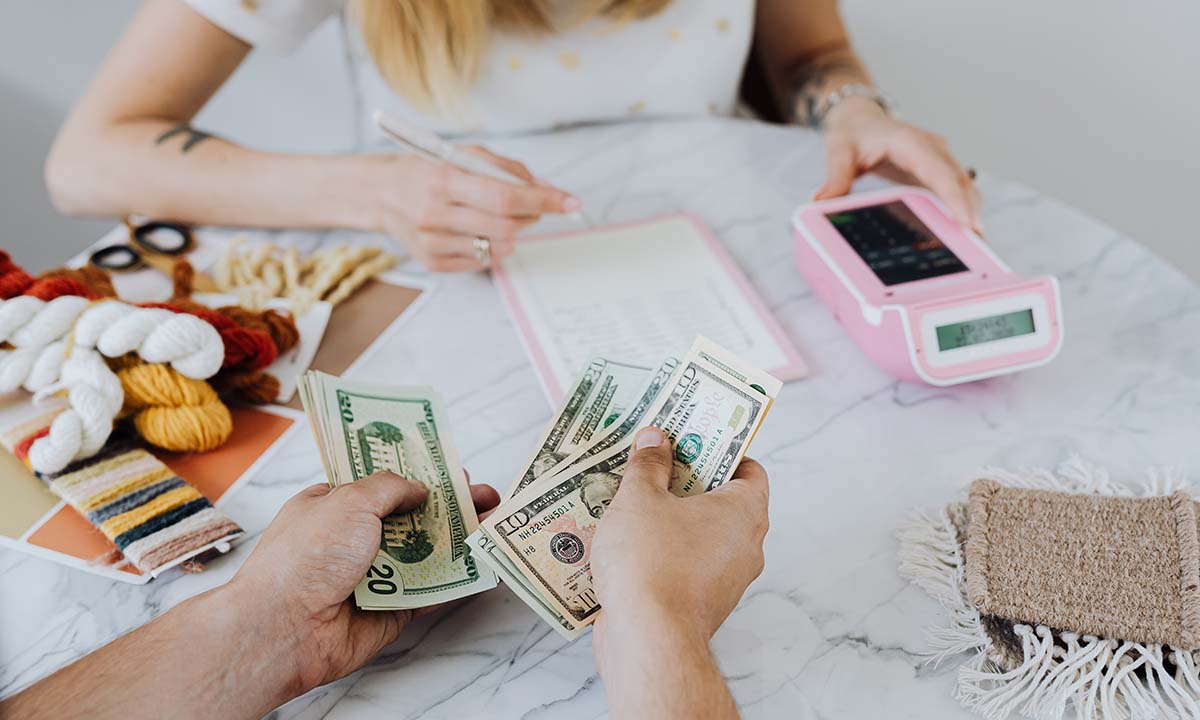



You can also find this case study HERE
